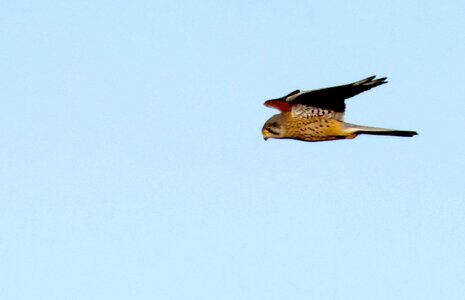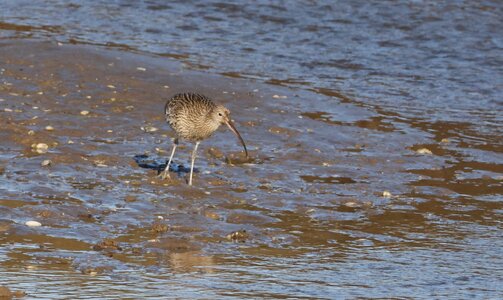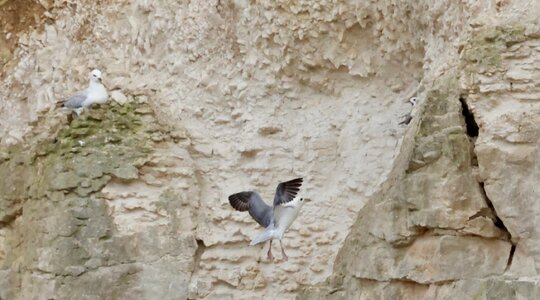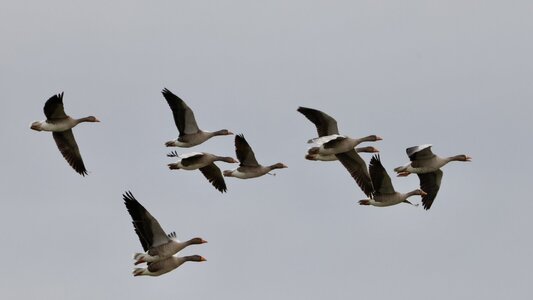With that behind me, let me say "we" have no idea what "we" are talking about when "we" dismiss the idea that more is not "needed" and that results are "better" without it. All we're doing is avoiding that auto pilot button that we paid for.
And Canon, if you're listening, don't give us what we want if it doesn't work. We're happier with something that simply delivers on spec. And maybe even paid more if it did (how many of the initial reviews said something about this "not being the replacement for the 7D"?!)
Jake, I see your point and
you are right to feel the way you are feeling.
For sure, if AutoPilot will not work in my car I do not want it to be sold mentioning AutoPilot as an option,
I'M 100% WITH YOU. In fact, that's misleading potential buyers. Coming back to Canon, they
should stop selling the R7 mentioning 30 fps as a feature considering that they know (they admitted that) that the are R7 does not have a processor capable of handling properly that rate of pictures. In fact, what they should be doing is to remove the H+ option or limit the frame rate to what the camera can handle via a firmware update.
At this point H+ at 30 fps is an option where you can get an elevated rate of out of focus pictures. And Canon MUST said that clearly in the manual and advertisements of the R7. But I do not think they will do that. They will fix it in R7 M2 making us paid for that new version and those like us that paid for M1 will have to live with this limitation.
Summarizing, the
H+ DOES NOT WORK WELL IN THE R7, there will be and exists owners that will feel mislead because they paid for a product just because these 30 fps and there are other owners (like me) that just do not care because they do not use H+ and they bought the R7 because the other features included in the camera.
I feel more concern about reported cases where AF in the R7 was failing and it was not relative to H+. And there cases reported in this forum. Cases where the owners have to exchange their camera to get one where the AF works.
With everything I know now, the R7 is not a camera that I go around recommending, it's a camera that I only recommend to people that I know well and when I do that, I add "be prepared to return it if your feel that AF is not pleasing you".
I hope that I did not open another Pandora box...





